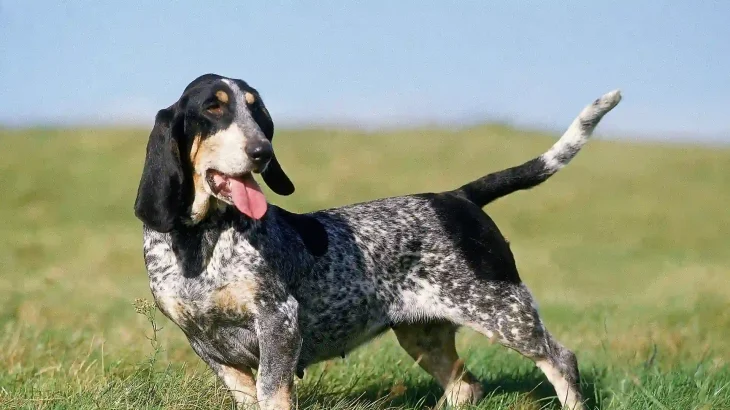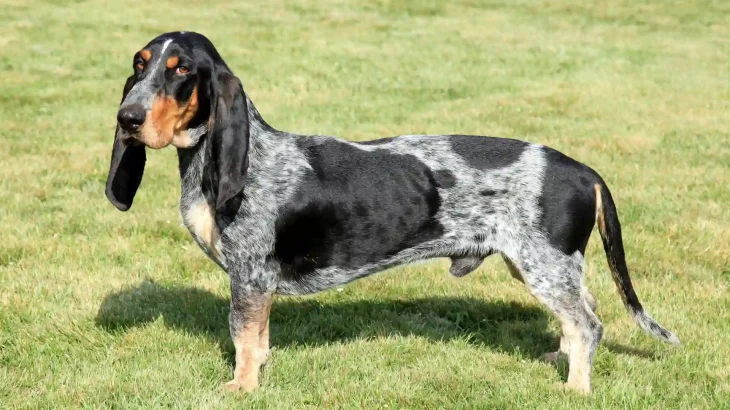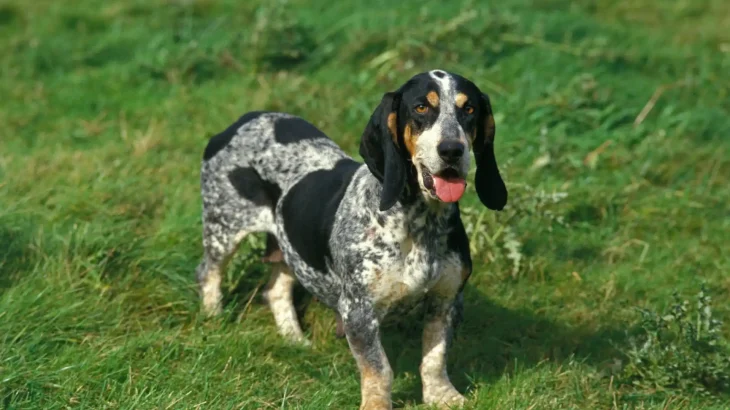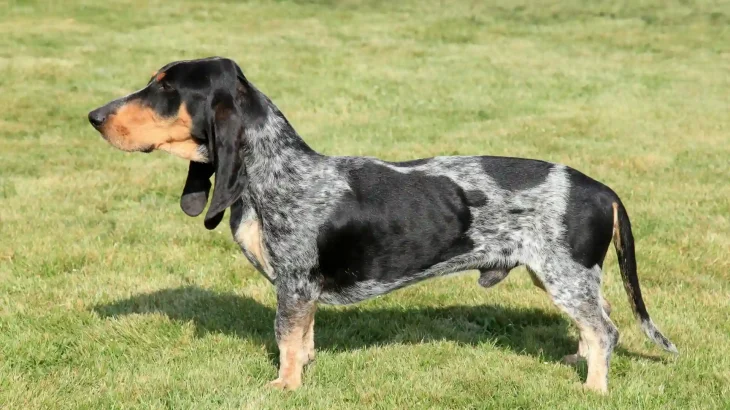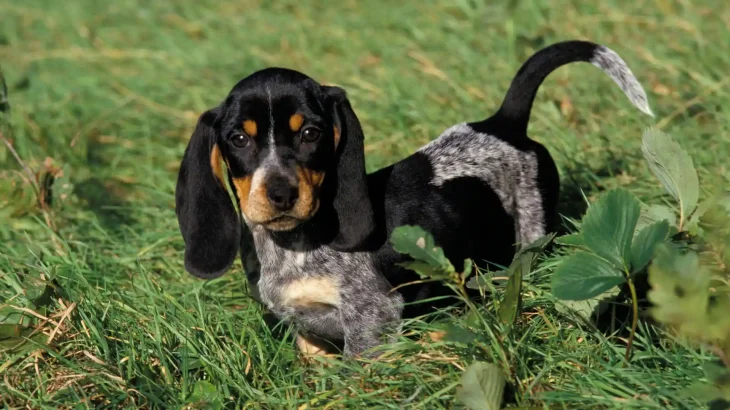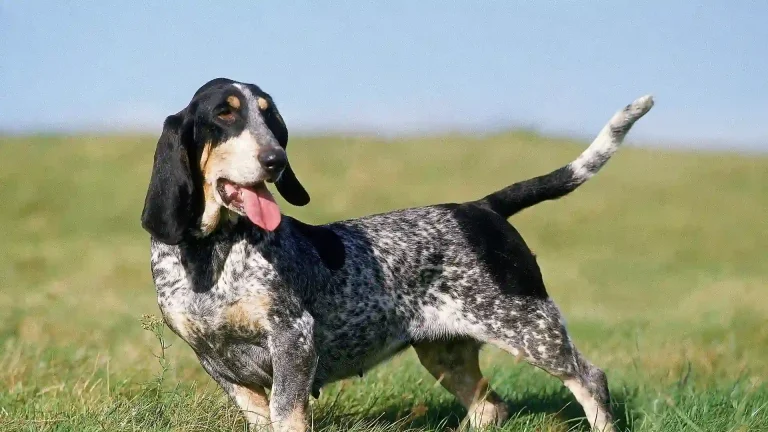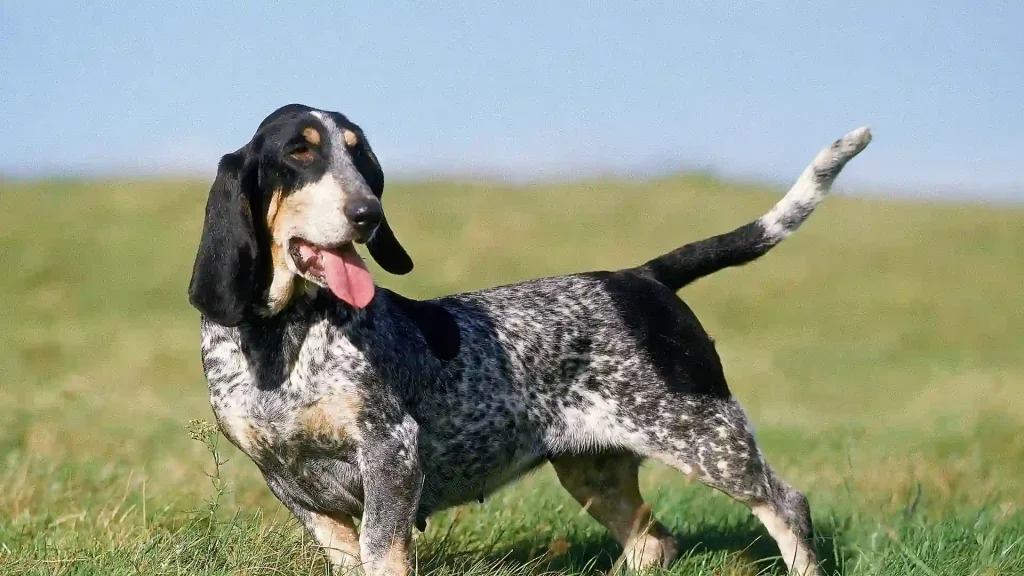Deciding whether to adopt or purchase a Petit Bleu de Gascogne puppy depends largely on your priorities regarding cost, health transparency, and ethical considerations. Buying from a breeder usually offers assurance about the puppy's lineage and health but often at a higher price. Adoption typically carries lower costs and helps give a home to a dog in need, though background information may be less certain.
| Criteria | Buying from Breeder | Adopting from Shelter/Rescue |
|---|---|---|
| Cost | Higher cost due to purebred status and breeder expenses. | Lower adoption fees; more budget-friendly option. |
| Health History | Comprehensive health and genetic info usually available. | Health history may be limited or unknown; basic checks done. |
| Age Availability | Primarily young puppies for early bonding and training. | Varied ages available, including adults needing homes. |
| Temperament Insight | Breeders provide insight on lineage temperament traits. | Shelters share behavior observations; background may be incomplete. |
| Supporting Practices | Supports selective breeding; choosing ethical breeders is key. | Contributes to animal welfare by rehoming dogs in need. |
| Ethical Considerations | Risk of supporting puppy mills if breeder isn't responsible; research is important. | Promotes reduction of shelter populations and rescues dogs. |

